
How to Use TPS22908EVM: Examples, Pinouts, and Specs
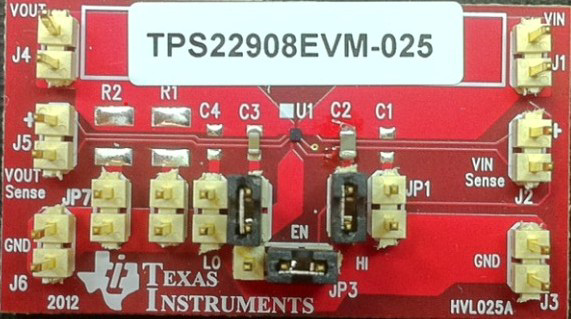
 Design with TPS22908EVM in Cirkit Designer
Design with TPS22908EVM in Cirkit DesignerIntroduction
The TPS22908EVM is an evaluation module designed to demonstrate the performance and functionality of the TPS22908, a low RON load switch from Texas Instruments. This module is ideal for evaluating the TPS22908 in power management applications, particularly in portable and battery-powered devices. The TPS22908 features a small footprint, low quiescent current, and fast turn-on time, making it suitable for applications requiring efficient power delivery and minimal power loss.
Explore Projects Built with TPS22908EVM
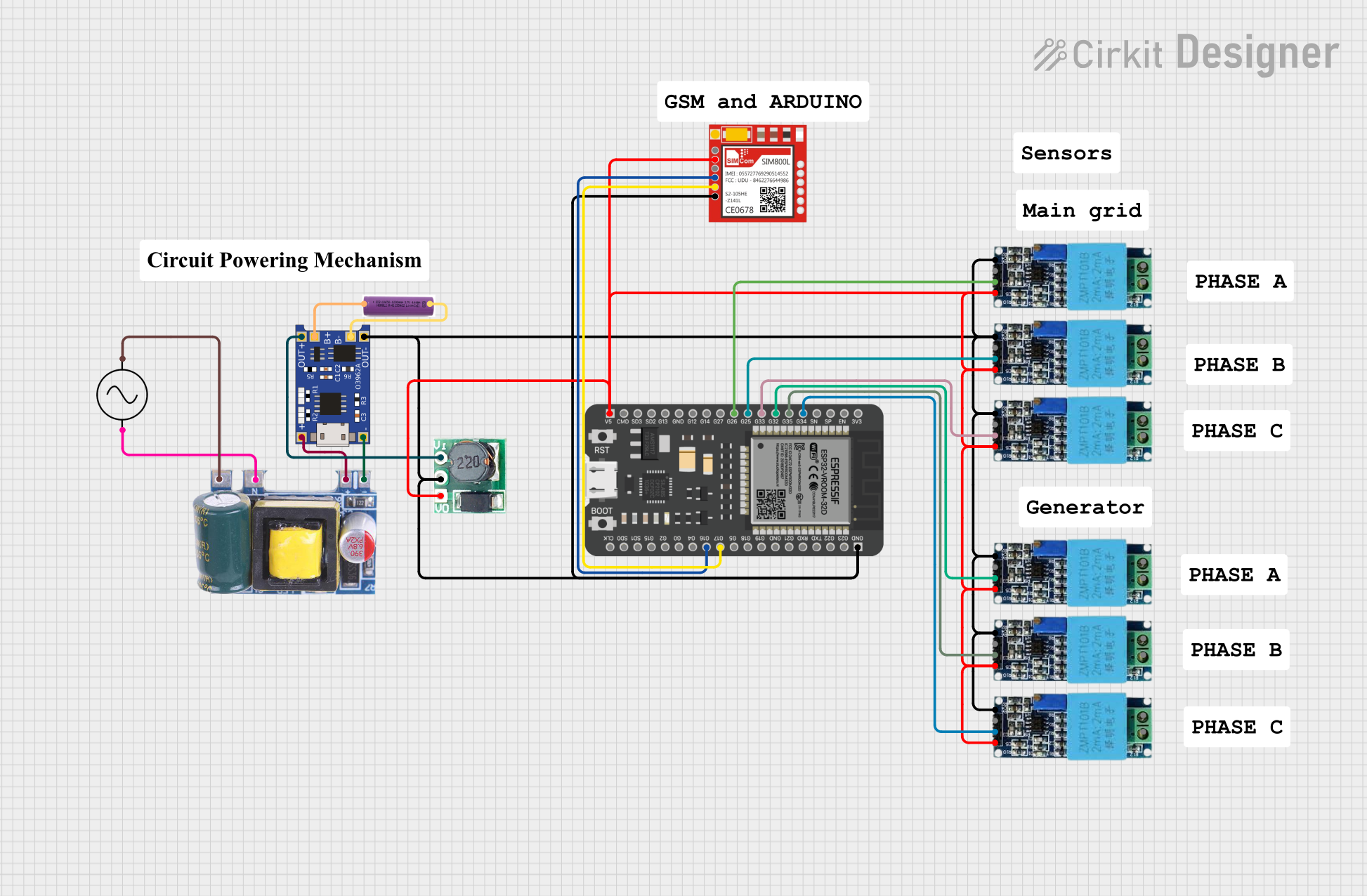
 Open Project in Cirkit Designer
Open Project in Cirkit Designer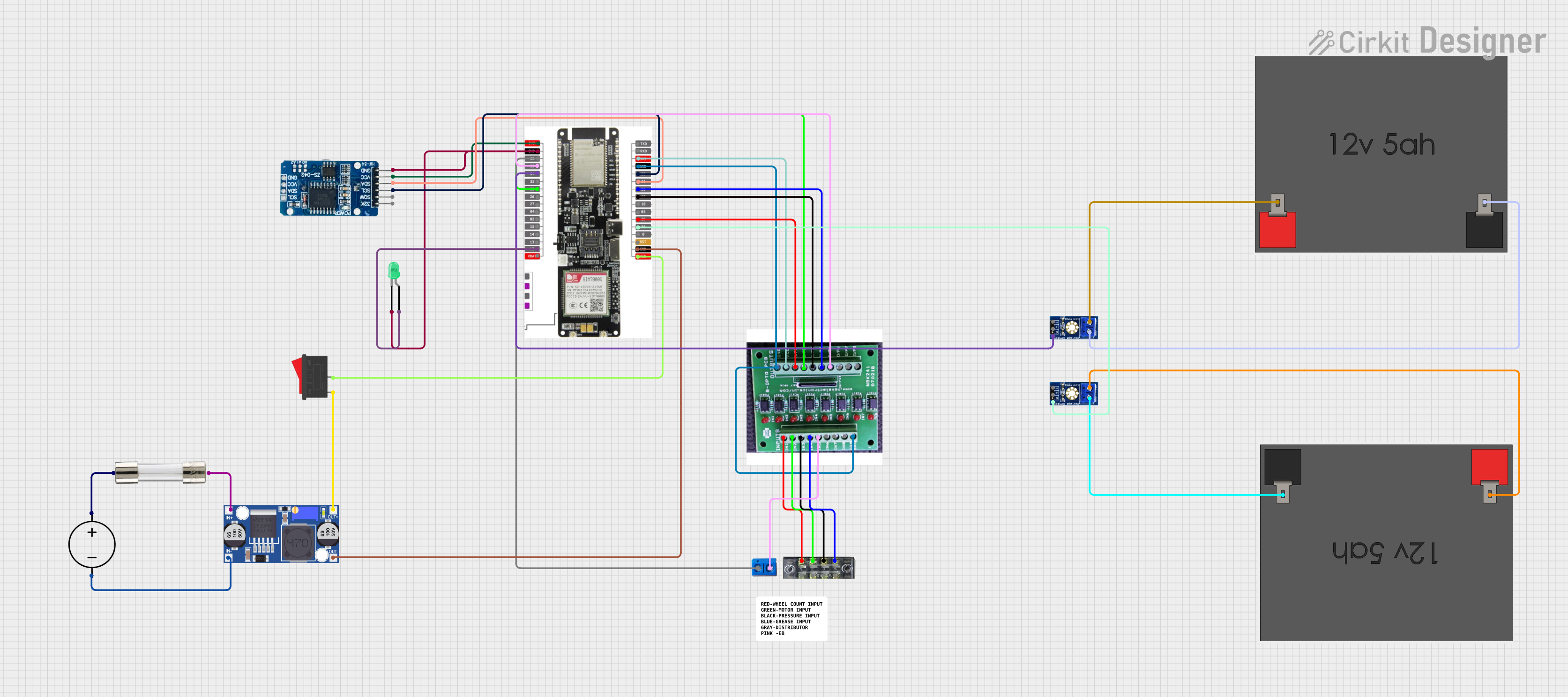
 Open Project in Cirkit Designer
Open Project in Cirkit Designer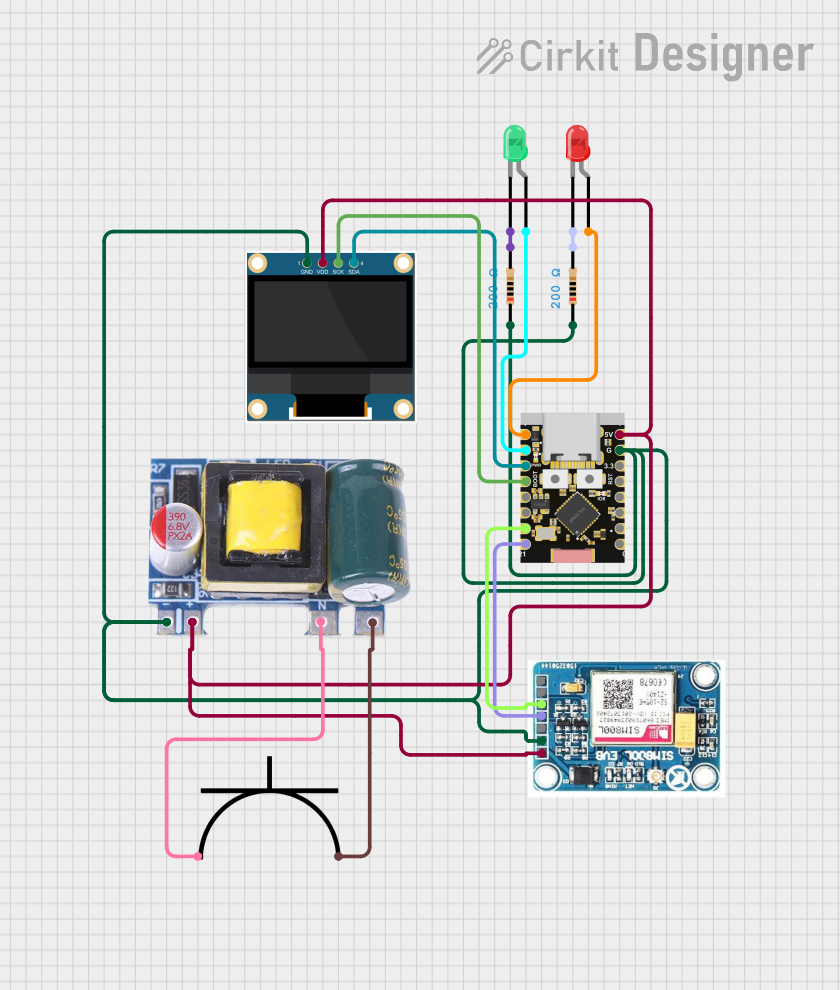
 Open Project in Cirkit Designer
Open Project in Cirkit Designer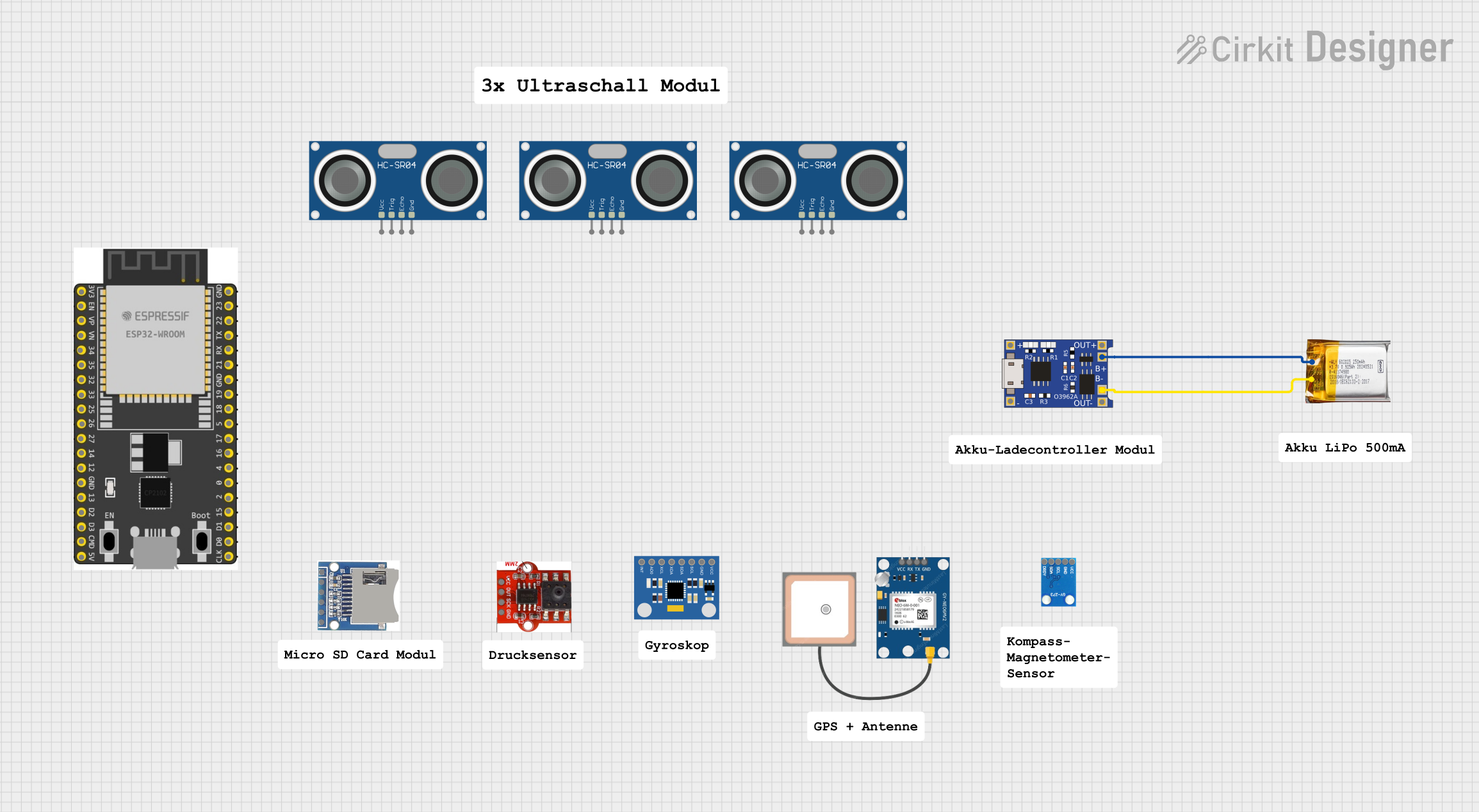
 Open Project in Cirkit Designer
Open Project in Cirkit DesignerExplore Projects Built with TPS22908EVM

 Open Project in Cirkit Designer
Open Project in Cirkit Designer
 Open Project in Cirkit Designer
Open Project in Cirkit Designer
 Open Project in Cirkit Designer
Open Project in Cirkit Designer
 Open Project in Cirkit Designer
Open Project in Cirkit DesignerCommon Applications and Use Cases
- Smartphones and tablets
- Wearable devices
- Portable medical equipment
- Battery-powered IoT devices
- Power distribution in low-voltage systems
Technical Specifications
Key Technical Details
- Input Voltage Range: 0.8 V to 5.5 V
- Maximum Continuous Current: 2 A
- On-Resistance (RON): 44 mΩ at 1.8 V
- Quiescent Current: 29 µA (typical)
- Turn-On Time: 85 µs at 1.8 V
- Operating Temperature Range: -40°C to 85°C
- Package: 4-pin WCSP (0.8 mm x 0.8 mm)
Pin Configuration and Descriptions
The TPS22908EVM includes test points and connectors for easy evaluation of the TPS22908. Below is the pin configuration for the TPS22908 IC:
| Pin Name | Pin Number | Description |
|---|---|---|
| VIN | 1 | Input voltage to the load switch |
| VOUT | 2 | Output voltage from the load switch |
| GND | 3 | Ground connection |
| ON | 4 | Enable pin to turn the load switch on or off |
The evaluation module provides additional test points for monitoring input/output voltages and currents, as well as for controlling the ON pin.
Usage Instructions
How to Use the TPS22908EVM in a Circuit
Power Supply Connection:
- Connect the input voltage source to the VIN test point.
- Ensure the input voltage is within the range of 0.8 V to 5.5 V.
- Connect the ground of the power supply to the GND test point.
Load Connection:
- Connect the load to the VOUT test point.
- Ensure the load does not exceed the maximum continuous current of 2 A.
Enable the Load Switch:
- Use the ON test point to control the load switch.
- Apply a voltage of 1.0 V or higher to the ON pin to enable the switch.
- Pull the ON pin to ground to disable the switch.
Monitor Performance:
- Use the test points to measure input/output voltages and currents.
- Evaluate the switch's performance under different load conditions.
Important Considerations and Best Practices
- Ensure the input voltage does not exceed the maximum rating of 5.5 V to avoid damaging the device.
- Use low-resistance connections to minimize voltage drops and ensure accurate measurements.
- Avoid exceeding the maximum continuous current of 2 A to prevent overheating or damage.
- For fast switching applications, ensure the ON pin is driven with a clean and stable signal.
Example: Using TPS22908EVM with Arduino UNO
The TPS22908EVM can be controlled using an Arduino UNO to toggle the load switch. Below is an example code snippet:
// Define the ON pin connected to the Arduino
const int onPin = 7; // Connect Arduino pin 7 to the ON pin of TPS22908EVM
void setup() {
pinMode(onPin, OUTPUT); // Set the ON pin as an output
}
void loop() {
digitalWrite(onPin, HIGH); // Turn on the load switch
delay(1000); // Keep the switch on for 1 second
digitalWrite(onPin, LOW); // Turn off the load switch
delay(1000); // Keep the switch off for 1 second
}
Note: Ensure the Arduino's output voltage is compatible with the ON pin's logic level requirements (1.0 V or higher to enable the switch).
Troubleshooting and FAQs
Common Issues and Solutions
The load switch does not turn on:
- Verify that the ON pin is receiving a voltage of 1.0 V or higher.
- Check the input voltage at the VIN test point to ensure it is within the specified range.
- Ensure the ground connections are secure.
Output voltage is lower than expected:
- Check for excessive load current that may cause a voltage drop.
- Verify the input voltage and ensure it is stable.
- Inspect the connections for high resistance or loose contacts.
The device overheats:
- Ensure the load current does not exceed the maximum continuous current of 2 A.
- Verify that the input voltage is within the specified range.
- Check for short circuits at the output.
No output voltage when the switch is enabled:
- Confirm that the load is properly connected to the VOUT test point.
- Check the ON pin signal to ensure it is correctly toggled.
FAQs
Q1: Can the TPS22908EVM handle inrush current during startup?
A1: Yes, the TPS22908 is designed to handle inrush current during startup. However, ensure the load capacitance is within the recommended range to avoid excessive inrush current.
Q2: What is the maximum load capacitance supported by the TPS22908?
A2: The TPS22908 can support load capacitances up to 100 µF. For higher capacitances, additional precautions such as inrush current limiting may be required.
Q3: Can the TPS22908EVM be used with a 3.3 V logic system?
A3: Yes, the ON pin is compatible with 3.3 V logic levels, making it suitable for use with most microcontrollers and logic systems.
Q4: Is the TPS22908EVM suitable for high-frequency switching applications?
A4: The TPS22908 has a fast turn-on time of 85 µs, making it suitable for many low-frequency switching applications. For high-frequency switching, ensure the ON pin signal is stable and noise-free.
This concludes the documentation for the TPS22908EVM. For further details, refer to the official Texas Instruments datasheet and user guide.